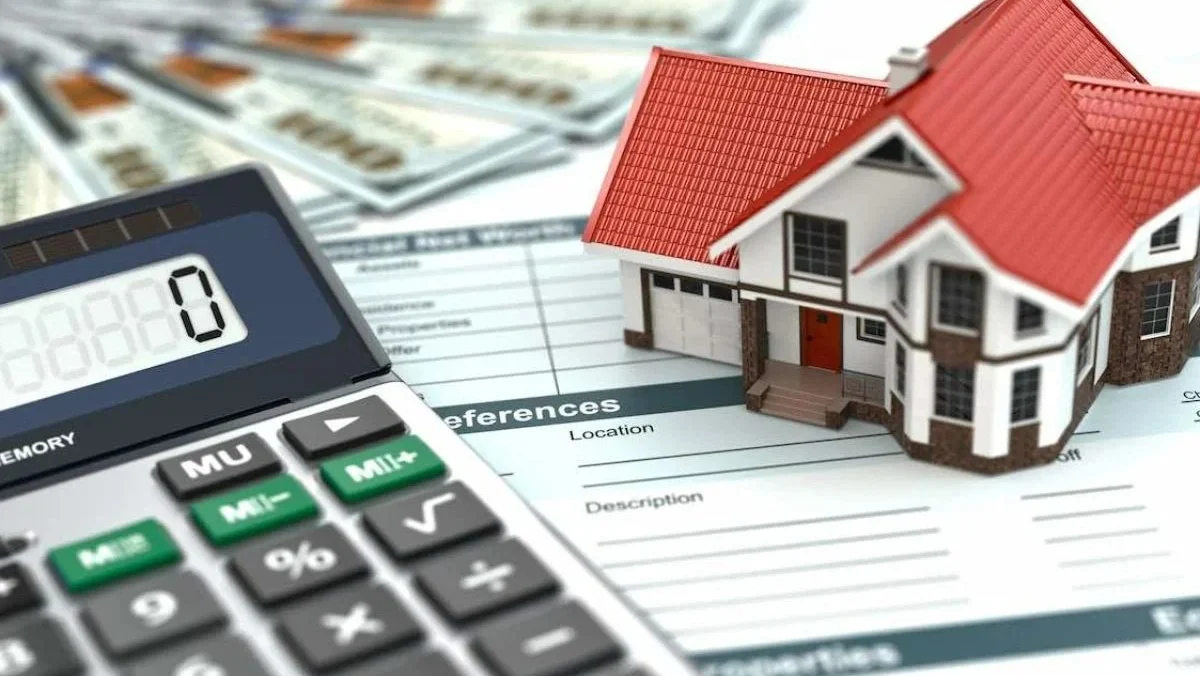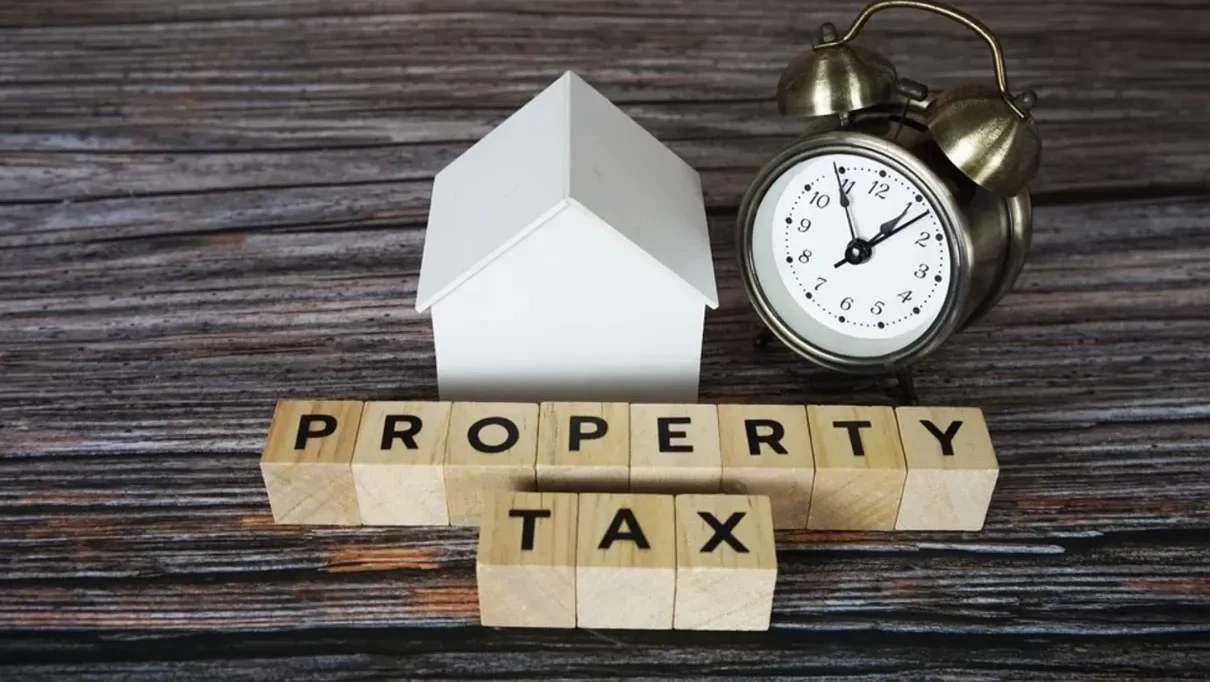
Property taxes are a significant expense for homeowners, business owners, and real estate investors, calculated based on the assessed value of your property as determined by your county appraisal district. When this value exceeds the fair market value—what your property would sell for in a competitive market—you may be overpaying by hundreds or thousands of dollars annually. Filing a property tax appeal (or protest) allows you to challenge an inflated assessment, and comparable sales, or “comps,” are one of the most powerful tools in building a successful case. Comps provide concrete evidence of what similar properties have sold for, directly supporting your argument for a lower assessed value. This comprehensive guide explores the critical role of comparable sales in property tax appeals, offering practical steps, tips, and examples to help you leverage comps effectively and reduce your tax bill.
What Are Comparable Sales?
Comparable sales are recent sales of properties that closely resemble your property in terms of location, size, age, condition, and other key characteristics. In a property tax appeal, comps serve as evidence to show that your property’s assessed value is higher than its fair market value, which is what a willing buyer would pay a willing seller under normal conditions. For example, if your home is assessed at $450,000 but similar homes in your neighborhood sold for $400,000–$410,000, comps can justify a lower assessment. Appraisal districts and Appraisal Review Boards (ARBs) heavily weigh comps because they reflect actual market transactions, making them a cornerstone of market-based appeals.
Why Comparable Sales Are Critical in Property Tax Appeals
Comps are essential for several reasons:
- Direct Market Evidence: They demonstrate what buyers are actually paying for properties like yours, aligning with the appraisal district’s goal of setting fair market values.
- Persuasive to ARBs: ARBs and appraisers prioritize objective data like comps over subjective arguments, such as personal financial hardship.
- Versatility: Comps can support both market value appeals (proving your property is overvalued) and unequal appraisal appeals (showing your assessment is higher than similar properties’).
- High Impact: Well-chosen comps can lead to significant reductions. For instance, lowering a $500,000 assessment by $50,000 at a 2.5% tax rate saves $1,250 annually.
Without strong comps, your appeal may lack the evidence needed to convince the district or ARB, leaving you with an inflated tax bill. This guide details how to find, select, and present comps to maximize your appeal’s success.
How Comparable Sales Are Used in Appeals
In a property tax appeal, you use comps to argue one or both of the following:
- Market Value Appeal: Your property’s assessed value exceeds what it would sell for on the open market, based on recent sales of similar properties.
- Example: If your home is assessed at $420,000 but comps sold for $390,000–$400,000, you argue for a $395,000 value.
- Unequal Appraisal Appeal: Your property is assessed higher than similar properties in your neighborhood, violating the “equal and uniform” principle (allowed in some states, like Texas).
- Example: If your home is assessed at $430,000 but similar homes are assessed at $390,000, you argue for a comparable assessment.
Comps are presented during an informal review with an appraiser or a formal ARB hearing, typically as part of a written evidence packet and oral presentation. The strength of your comps determines whether the district or ARB adjusts your value.
Steps to Find and Select Strong Comparable Sales
To build a compelling case, follow these steps to identify and choose the best comps:
1. Understand Your Property’s Characteristics
- Review your appraisal notice or district records to confirm details like:
- Square footage (living area)
- Lot size
- Number of bedrooms and bathrooms
- Year built
- Property type (e.g., single-family, condo, commercial)
- Condition (e.g., updated, outdated, damaged)
- Note unique features (e.g., pool, garage) that affect value.
- Why It Matters: Comps must closely match these traits to be relevant, as significant differences weaken your argument.
Tip: Create a one-page summary of your property’s key features to guide your comp search.
2. Identify Recent Sales
- Focus on sales within the last 6–12 months, as older sales are less persuasive due to market changes.
- Use the appraisal district’s valuation date (often January 1) as a reference point for timing.
- Why It Matters: Recent sales reflect current market conditions, which the district and ARB prioritize.
Tip: If few sales occurred in the last 6 months, extend to 12 months but explain why (e.g., low turnover in your neighborhood).
3. Choose Properties in Your Area
- Select comps within a half-mile of your property, ideally in the same neighborhood or subdivision, to ensure similar market dynamics.
- For rural or unique properties, expand to 1–2 miles but prioritize similar community characteristics (e.g., school district, amenities).
- Why It Matters: Location heavily influences value, and comps too far away may reflect different market conditions.
Tip: Use a map to show comps’ proximity to your property, strengthening your case.
4. Match Key Characteristics
- Choose properties with similar:
- Size: Within 10–20% of your square footage (e.g., 2,000 sq ft for your 2,200 sq ft home).
- Age: Within 5–10 years of your property’s construction year.
- Features: Similar bedrooms, bathrooms, lot size, and amenities (e.g., no pool if yours lacks one).
- Condition: Comparable maintenance or updates, accounting for differences (e.g., a renovated comp vs. your outdated home).
- Why It Matters: Close matches make comps more credible, as appraisers and ARBs scrutinize differences.
Tip: Aim for 3–5 comps to balance thoroughness and clarity, as too many can overwhelm the ARB.
5. Source Reliable Data
- Preferred Sources:
- Multiple Listing Service (MLS): Access through a realtor for accurate sale prices and property details.
- County Records: Check the county recorder or tax assessor’s office for verified sales data.
- Professional Appraisals: Hire an appraiser for high-value properties or complex cases.
- Avoid: Public sites like Zillow or Redfin, which may have incomplete or unverified data, unless cross-checked with official records.
- Why It Matters: Accurate, authoritative data ensures your comps are taken seriously.
Tip: If using a realtor, ask for a Comparative Market Analysis (CMA) tailored to your appeal.
6. Adjust for Differences
- Adjust comps’ sale prices to account for differences from your property:
- Add or subtract value for features (e.g., subtract $10,000 if a comp has a pool and yours doesn’t).
- Use local market rates (e.g., $5,000 per extra bedroom, $150 per square foot for extra space).
- Consider condition (e.g., reduce a comp’s value if it’s renovated and yours is outdated).
- Why It Matters: Adjustments make comps more comparable, strengthening your proposed value.
Tip: Include a brief explanation of adjustments in your evidence (e.g., “Comp A’s $410,000 sale adjusted to $400,000 due to extra bathroom”).
How to Present Comparable Sales in Your Appeal
Presenting comps effectively is as important as selecting them. Follow these steps to make your case clear and persuasive:
1. Organize Your Evidence
- Compile comps in a binder or digital folder with:
- A summary sheet proposing your requested value (e.g., “Based on comps, I request a $400,000 value”).
- A table comparing your property to comps, including address, sale price, sale date, square footage, bedrooms, bathrooms, and adjustments.
- Maps or photos showing comps’ locations and exteriors (if available).
- Why It Matters: Organized evidence is easier for appraisers and ARBs to review, increasing your credibility.
Tip: Use a spreadsheet or table template to ensure clarity (e.g., columns for “Address,” “Sale Price,” “Adjustments,” “Adjusted Value”).
2. Use Visual Aids
- Include:
- A map highlighting your property and comps’ locations.
- A chart comparing sale prices to your assessed value.
- Photos of comps (if accessible) to show similarities.
- Why It Matters: Visuals make your case more memorable and digestible, especially in time-constrained hearings.
Tip: Keep visuals simple and professional, avoiding cluttered or overly colorful designs.
3. Prepare a Concise Presentation
- For informal reviews or ARB hearings (typically 15–30 minutes), prepare a 5–7 minute talk:
- State your goal: “I believe my property’s value should be $400,000, not $440,000, based on comps.”
- Summarize your comps: “I found three similar homes sold for $395,000–$405,000 within a half-mile.”
- Explain adjustments: “I adjusted Comp A’s price down $5,000 due to its extra bedroom.”
- Conclude with your request: “Based on this evidence, I request a $400,000 assessment.”
- Why It Matters: A clear, focused presentation respects time limits and keeps the ARB engaged.
Tip: Practice with a timer and anticipate questions like “Why did you choose these comps?” or “How recent are these sales?”
4. Bring Extra Copies
- Provide copies of your evidence packet for the appraiser, ARB members, and your records.
- For virtual hearings, ensure digital files are well-organized and shareable (e.g., PDF).
- Why It Matters: Copies ensure everyone can follow along, enhancing your case’s impact.
Tip: Label each copy with your case number or property ID for easy reference.
Common Mistakes to Avoid
- Using Weak Comps: Avoid comps that are too old (over 12 months), too far away (beyond 1 mile unless rural), or dissimilar (e.g., a condo vs. your house).
- Ignoring Adjustments: Failing to account for differences like upgrades or condition weakens your argument.
- Overloading Evidence: Presenting 10+ comps can confuse the ARB. Stick to 3–5 strong ones.
- Relying on Unverified Data: Using Zillow without cross-checking risks inaccuracies that appraisers may challenge.
- Poor Presentation: Disorganized tables or emotional arguments (e.g., “My taxes are unfair!”) reduce credibility.
Enhancing Comps with Other Evidence
While comps are critical, combining them with other evidence strengthens your appeal:
- Property Condition: Document issues like outdated systems or structural damage with photos and repair estimates to justify a lower value than comps.
- Example: A $10,000 roof repair estimate supports reducing your value below a $400,000 comp.
- Market Trends: Cite local data (e.g., declining prices) to contextualize your comps.
- Example: A 5% price drop in your city supports lower comp values.
- Appraisal Errors: Correct mistakes (e.g., wrong square footage) to align your assessment with comps.
- Example: Fixing a 200-square-foot overstatement reduces your value to match comps.
- Unequal Appraisal Data: Show similar properties with lower assessments for an “equal and uniform” argument.
- Example: Five homes assessed at $390,000 vs. your $430,000 supports a reduction.
Tip: Use comps as your primary argument, with other evidence as supplementary support.
When to Use a Professional
For complex cases or high-value properties, consider:
- Property Tax Consultant: They access premium MLS data, select optimal comps, and present professionally, often on contingency (e.g., 30–50% of savings). See our blog post, “How to Choose the Right Property Tax Consultant,” for guidance.
- Independent Appraiser: A professional appraisal ($300–$600) can provide comps and a market value estimate, ideal for properties with unique features or large potential savings.
Tip: Weigh professional costs against potential savings. A $500 consultant fee is worthwhile for a $2,000 annual tax reduction.
Real-World Example
Consider John, whose home is assessed at $470,000, but he believes it’s worth $430,000. He gathers:
- Comps: Three homes sold for $425,000, $430,000, and $435,000 within a quarter-mile, all 2,100–2,300 sq ft, 3-bed/2-bath, built 1995–2000.
- Adjustments: Subtracts $5,000 from the $435,000 comp for its renovated kitchen, aligning it with his outdated home.
- Presentation: Creates a table and map, proposing a $430,000 value.
- Supplementary Evidence: Includes photos of a cracked driveway ($8,000 repair estimate) to support a lower value.
At the ARB hearing, John’s clear comps and adjustments secure a $40,000 reduction, saving $1,000 annually at a 2.5% tax rate. A consultant might have pushed for $425,000, but his DIY effort still yields significant savings.
Why Comps Are a Game-Changer
Comparable sales are the most direct way to prove your property is overvalued, offering objective evidence that resonates with appraisers and ARBs. Well-chosen comps can correct inflated assessments, secure exemptions, and set a precedent for future valuations, as districts often base new assessments on prior ones. Even a partial reduction can save thousands over time, especially for high-value properties.
Taking the First Step
Start your property tax appeal by reviewing your appraisal notice for errors or overvaluations. Gather 3–5 comps from reliable sources like MLS or county records, focusing on recent sales in your neighborhood that match your property’s characteristics. Adjust for differences, organize your evidence clearly, and file your protest by the deadline (typically May 15 or 30–45 days from the notice). For complex cases, consider a consultant or appraiser to enhance your comps and presentation.
For more details, visit your county appraisal district’s website or contact their office for protest forms, deadlines, and resources. Leverage the power of comparable sales to lower your property tax bill today.
Disclaimer: Property tax laws and procedures vary by state and county. Always verify local rules with your appraisal district or a qualified professional. This guide is for informational purposes and does not constitute legal advice.
You Might Also Like
Popular Categories
Popular News

Frisco
Frisco Approves Maximum Homestead Exemption to Boost Property Tax Relief July 2, 2025
Collin County News
Over 315 Homes Sold in McKinney in May: Real Estate Snapshot July 2, 2025
Flower Mound - Highland Village - Argyle
Planned Power Outage Scheduled June 30 for Parts of Argyle June 30, 2025
Grapevine - Colleyville - Southlake
🚨 Southlake Approves $27 Million in Contracts for New Service Center & Public Safety Tower June 27, 2025
Collin County News
Celina Explores Expansion with 125 New Homes in “Glen at Uptown” June 27, 2025
Collin County News
Texas Voters to Decide on Three New Property Tax Exemptions This November June 25, 2025
Collin County News
ERCOT Forecasts Record Electric Demand as Texas Braces for Scorching Summer June 25, 2025
Collin County News
Collin County Switches to Hand‑Marked Paper Ballots for November June 23, 2025










